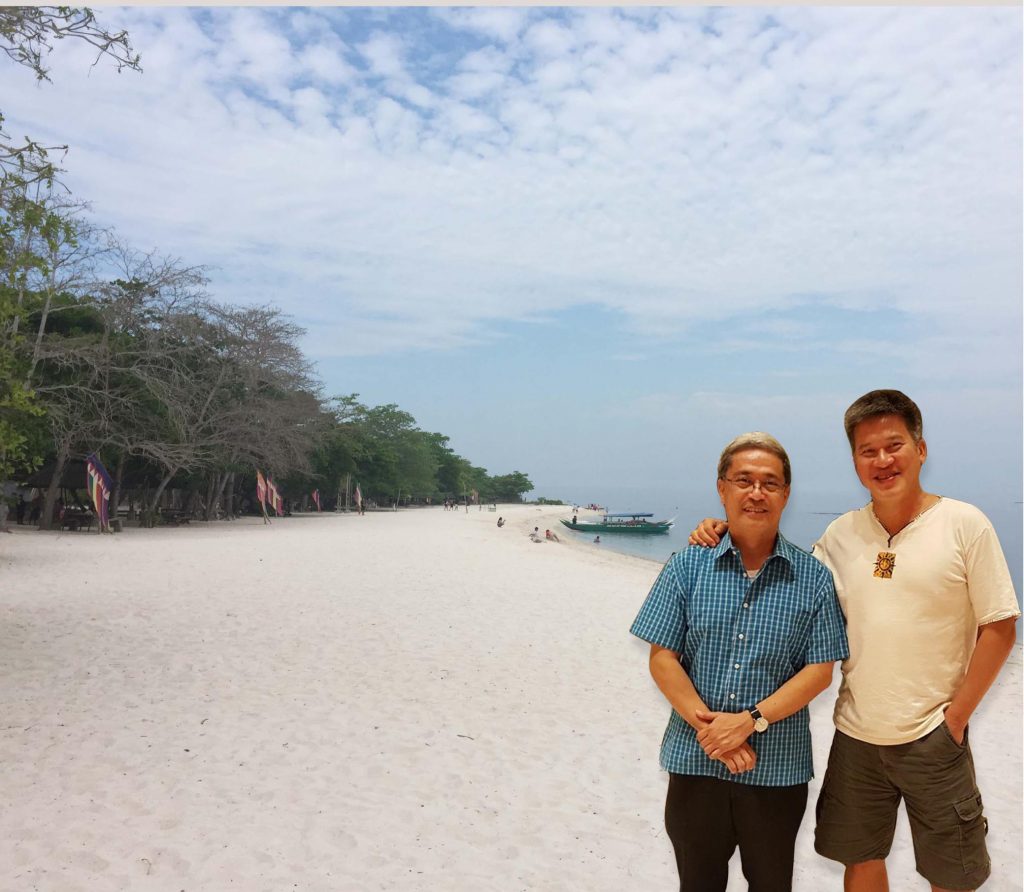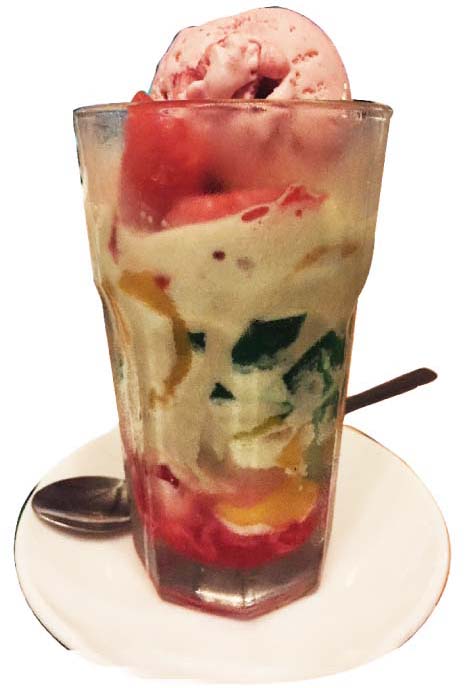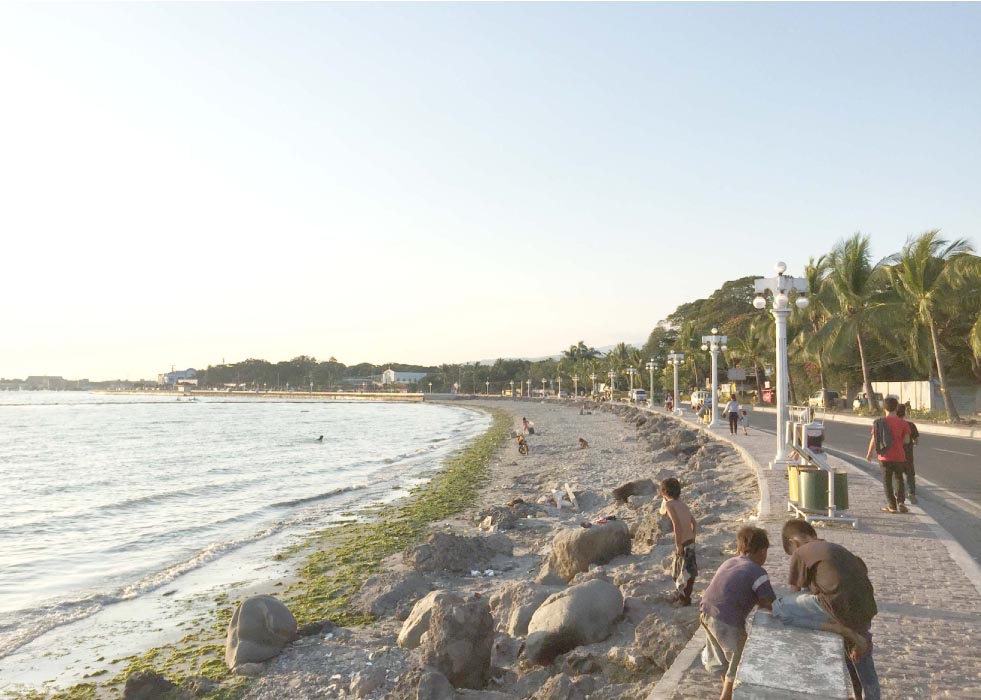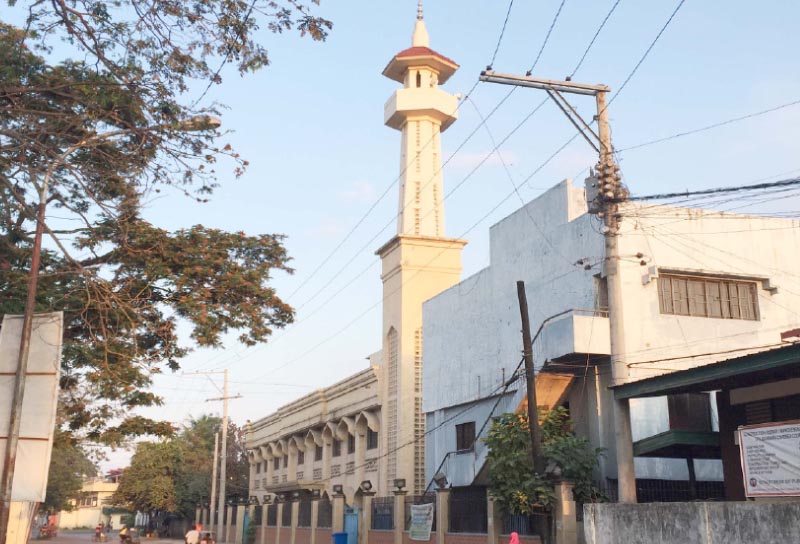The day before I was to leave for Zamboanga City to give a lecture at the Ateneo de Zamboanga University (AdZU), an Islamic cleric from Saudi Arabia was shot in front of the Western Mindanao State University. Fortunately, the cleric survived, but the assassin was killed. Despite apprehensions and with assurances from AdZU president Karel San Juan, my classmate and Jesuit friend from college, that Zamboanga was safe, I pushed through with my trip.
Ever since my mother and her friends went to Zamboanga City more than 30 years ago, I had always wanted to visit the place. Images of colorful vintas, people dressed in Islamic garb and speaking a pidgin Spanish added to the exotic image I had of Zamboanga. But time passed and the opportunity to go there either never arose or just slipped by. Fortunately, I had the chance to go this year. A Fulbright grant has provided me with travel allowance to go around the country giving lectures about my research. I contacted Karel about lecturing at AdZU, and he put me in touch with Robert Panaguiton, the dean of the School of Liberal Arts.
Before my trip, I was fully aware of possible dangers of visiting Zamboanga. The US State Department has issued a travel advisory against traveling to parts of the Sulu Sea region, including Zamboanga City. During my orientation at Fulbright-Philippines, I was told not to go there as, being now an American citizen, I could be a target of kidnap-for-ransom groups. However, I told myself: “I’m a Filipino too, and this is my country too.”
In early March, I flew to Zamboanga and was met at the airport by Dean Panaguiton, who brought me to my hotel then took me to lunch. We went to a restaurant called Abalone beside the hotel. It took a while for the server to bring the steamed lapu-lapu we ordered, but it was worth the wait.

This is one thing I observed in Zamboanga: not only was the seafood fresh, but it took a while for food to be served. Customers are usually told of a 15- to 30-minute wait. I do not consider that amount of time as a negative; instead, I consider it a reflection of life in Zamboanga: unhurried, unharried. Another instance when I noticed that people were not running after time all the time was when I went out with some Jesuit Volunteer Philippines alumni. We had just returned from a fun day at Santa Cruz Island, and proceeded to Fort Pilar, a military defense fortress built in the early 17th century. After the visit, we were supposed to take a tricycle back to my hotel, but I wanted to find out the time of the anticipated mass that afternoon at the shrine of the fort.
Three of our companions walked ahead as May Lucas, a JVP batchmate of mine and a native of Zamboanga, went back to the fort. I assumed the rest had left, but she said, “No, they’re just there waiting for us. They won’t leave.” And true enough, as we walked to the area where we were going to pick up a tricycle ride, our three companions were there, standing in the shade of a tree, chatting, unhurried. I was touched by the actions of these people who took the time to show me around in spite of their busy lives. They woke up early that morning, despite the fact that they had stayed out late the previous night to buy food to bring to the beach, and disrupt their weekend days of rest.
Santa Cruz Island just off the coast of Zamboanga City boasts of a beach with pink sand, created from the red organ pipe coral pulverized over the centuries. Although the sand was not as pink as I expected, it was still a beautiful and peaceful place. I learned later that the sand becomes pinkish only when wet, and that when dry, it looks more like the white sand of Boracay. You have to dig to find the pink sand underneath.

The Zambo experience would not be complete without eating their version of halo-halo, called knickerbocker (I forgot to ask why it was so called), made popular by a restaurant in Palmeras. This version has more fresh fruits than the common halo-halo, including watermelon, mango, pineapple, banana and apple. Another dish I enjoyed was shrimps in Alavar sauce, named after its inventor. The sauce tastes sweet, spicy and aromatic. Unfortunately, I was unable to savor the curacha (a kind of crab) and the satti (the Zamboanga version of the Indonesian satay). What is interesting about Zamboanga cuisine is that it has influences from Spanish, Mexican, Chinese, Indonesian and Malaysian cooking, a reflection of its location as a nexus of trade and cultural exchange around the region.
Indeed, in the streets I saw a population more diverse than most places in the Philippines. People spoke Visayan, Tagalog, English, Tausug and, of course, Chavacano. And it was a delightful and novel experience to hear people say “si” instead of “oo” or “no hay” instead of “wala.” I saw Tausug women wearing their formal silk dress called batawi and female nursing students in their uniform with hijab headscarfs. My hosts, all Christian Filipinos, told me that there had been an increasing number of Muslims migrating to the city, especially from Tawi-Tawi or Jolo, because parents want their children sent to a safer place.
Colleges and universities like AdZU and WMSU now have a significant number of Muslim students, and in the city, the proportion of Muslim residents to Christians has been rising. However, the situation involving the clash between the government and different Muslim groups in western Mindanao as well as the Middle East crisis have not helped establish Zamboanga as a safe place to visit. The recent shooting of the Islamic cleric at the WMSU, and the way national newspapers splashed the news on their front pages, certainly reinforce in the minds of outsiders their negative image of the city.
People have not yet forgotten the clash between government forces and the Moro National Liberation Front in September 2013, which displaced over 100,000 people, resulted in the death of over 100 people and the burning of entire neighborhoods. Walking around the area where heavy fighting had occurred, I saw the holes and gaps in the walls made by mortar shelling and gunfight. New houses now stand in place of old ones.
As is my habit when visiting a new place, I explored the city. My hotel was located near the downtown area, as well as the main seaside boulevard (named after Sen. Roseller T. Lim) and Fort Pilar. On my first day I walked along the boulevard to catch the sunset, hoping to see a vinta. The boulevard reminded me of Roxas Boulevard in Manila, although it lacks the length of the latter. But what was nice about it was that it runs along a sandy shore, and if Zamboanga City was wealthier, the area could have been converted into a beautiful place where people could swim, bask in the sun on the beach, promenade and enjoy the sunset.

When I told my hosts that I had gone to the boulevard, I was met with a look of surprised incredulity for having gone there on my own. It seems that the boulevard is one place that an outsider should not be going unaccompanied by a local. But I felt that the city, just like any other city, had places that were safe, and some that were not. The boulevard had many residents jogging, walking or sitting on the seawall early morning or late afternoon, so I felt safe. One place though where I would not venture alone is Barangay Santa Catalina, where many houses were burned during the siege of 2013.
One morning, I went for a walk along Paseo del Mar. Barangay Santa Catalina is just a stone’s throw from this park. When I was chatting with a couple who were there to exercise, a jogger passing by overheard our conversation and joined in. The couple was telling me where the entrance of Fort Pilar was, and I proceeded to walk there. The jogger happened to be heading in the same direction, and started to point out a few things about the area, including the place where both Muslims and Catholics lit candles near the shrine of the fort; the walls hit by mortar shells and bullets; the mosque where Muslims pray, and the entrance to Barangay Santa Catalina.
Pointing toward Barangay Santa Catalina, he said, “The houses there are all new.” And as we approached the entrance he said, “I live here. But you can go no further.” I understood and went on my way. When I told May about my experience with the jogger she was aghast. She said that I could have been placed in harm’s way, but I did not feel unsafe when I was talking to the man. Or maybe I was being naive. “Ignorance is bliss,” I told her.

On my first evening in Zamboanga, I had coffee with Karel at the lobby of the 5-star Garden Orchid Hotel. He said Zamboanga had really been hit by bad press and caught in the crossfire between different groups. With every new incident that makes the headlines, the hopes of the residents of Zamboanga for the city to earn back its reputation as a safe haven would be dashed.
“We’re so glad that the KCC [the Koronadal Commercial Center] Mall opened last December. It is a sign that some people still believe in Zamboanga,” said Karel.
On the second evening I went to the mall. It is the largest one in Zamboanga, dwarfing all the other malls in the downtown area. With five floors and a total floor area of more than 80,000 square meters, the mall has plenty of retail stores and the usual fast-food chains and some specialty restaurants. On a Friday night, it was bustling with people, young and old, outsiders and locals. It felt as if I was in one of the big malls of Manila, and that everything was fine.
“When I took my final vows here two years ago, my family wanted to come but I told them not to. I did not want to have to worry about their safety all the time,” said Karel. He travels around in a van with a driver and a bodyguard, never venturing out of AdZU’s campus alone or on foot.
As it was getting late and the following day was my day of lectures at AdZU, Karel brought me back to my hotel. Safely ensconced in my room, I joined thousands of other Zamboanguenos tucking in for the night after a weary day, hoping that tomorrow would be another day without incident for the Queen City of the South. — First published in Tulay Fortnightly, Chinese-Filipino Digest 28, no. 23 (May 10-23, 2016): 14-16.